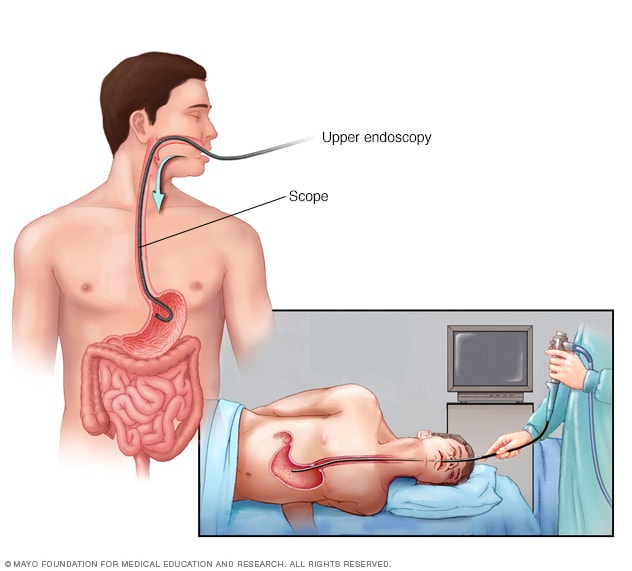Cerebral venous thrombosis (CVT) is a blood clot of a cerebral vein in the brain. This vein is responsible for draining blood from the brain. If blood collects in this vein, it will begin to leak into brain tissues and cause a hemorrhage or severe brain swelling.
When caught early, CVT can be treated without causing life-threatening complications.
Blood clots are more likely to occur in your body when there is an interruption in regular blood flow. While CVT is an uncommon condition, it can be triggered by a number of factors.
Some of the most common risk factors include:
- birth control or excess estrogen use
- dehydration
- ear, face, or neck infection
- protein deficiencies
- head trauma or injury
- obesity
- cancer
- tumor
Less common risk factors for CVT include pregnancy and other blood clotting disorders. Both conditions can make blood clot more easily, affecting proper blood flow throughout the body and the brain.
In infants, the most common cause of CVT is infection, specifically in the ear.
In some cases of CVT, the cause is unknown.
If left untreated, CVT can have life-threatening consequences.

A blood clot in a cerebral vein can cause pressure that leads to brain swelling. This pressure can cause headaches and in more severe cases damage brain tissue.
Symptoms vary depending on where the blood clot occurs in the brain. However, more common symptoms of CVT can include:
- severe headaches
- blurred vision
- nausea
- vomiting
If you have a more severe case of cerebral venous thrombosis, you may experience stroke-like symptoms. These can include:
- speech impairment
- one-sided body numbness
- weakness
- decreased alertness
If you begin experiencing any of these symptoms, immediately call 911 or have some someone take you to an emergency room.
Other symptoms from severe CVT include:
- fainting
- limited mobility in parts of your body
- seizures
- coma
- death
When diagnosing cerebral venous thrombosis, doctors will evaluate the symptoms you experience and will also take into account your medical and family history. However, a final diagnosis depends on checking the blood circulation in your brain. To check the blood flow, doctors can use imaging tests to detect blood clots and swelling.
A doctor can misdiagnose a CVT if they use the wrong test. While there are a number of imaging tests available, some aren’t as helpful in diagnosing this condition, such as a simple X-ray of the skull.
The two best imaging tests to help detect CVT are:
- MRI venogram. An MRI venogram, also referred to as an MRV, is an imaging test that produces images of the blood vessels in the head and neck area. It can help to evaluate blood circulation, irregularities, strokes, or brain bleeds. During this MRI, doctors will inject a special dye into your bloodstream to display blood flow and to help determine if blood is clotting in order to diagnose thrombosis. This test is typically used to clarify images from a CT scan.
- CT venogram. CT scans use X-ray imaging to show your doctor your bones and arterial vessels. Combined with a venogram, doctors will inject a dye into the veins to produce images of blood circulation and help detect blood clotting.
CVT treatment options depend on the severity of the condition. Primary treatment recommendations focus on preventing or dissolving blood clots in the brain.
Medication
Doctors may prescribe anticoagulants, or blood thinners, to help prevent blood clotting and any further growth of the clot. The most commonly prescribed drug is heparin, and it’s injected directly into the veins or under the skin.
Once your doctor thinks you’re stable, they may recommend an oral blood thinner like warfarin as a periodic treatment. This can help to prevent recurrent blood clots, specifically if you have a diagnosed blood clotting disorder.
Other than helping to prevent blood clots, doctors will also address symptoms of CVT. If you’ve experienced a seizure from this condition, doctors will prescribe anti-seizure medication to help control the episode. Similarly, if you begin to experience stroke-like symptoms, a doctor will admit you into a stroke or intensive care unit.
Monitoring
In all cases of CVT, doctors will monitor brain activity. Follow-up venograms and imaging tests are recommended to assess thrombosis and to ensure there are no additional clots. Follow-ups are also crucial to make sure you don’t develop clotting disorders, tumors, or other complications from cerebral venous thrombosis. The doctors will likely run additional blood tests to see if you have any clotting disorders that may have increased your risk of developing CVT.
Surgery
In more severe cases of cerebral venous thrombosis, doctors may recommend surgery to remove the blood clot, or thrombi, and to fix the blood vessel. This procedure is referred to as thrombectomy. In some thrombectomy procedures, doctors may insert a balloon or similar device to prevent blood vessels from closing.






